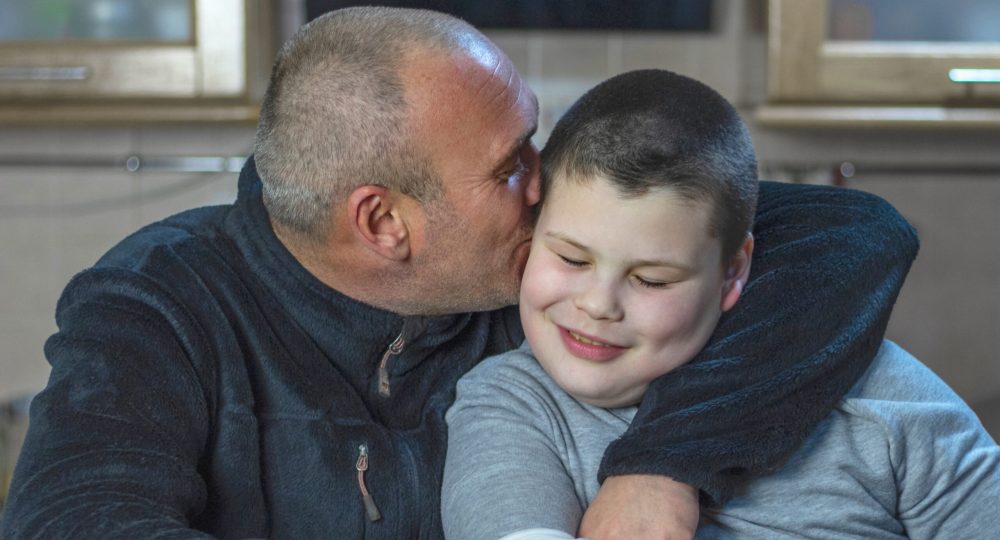Child Arrangement Order Matters
When you are separating from your partner a child arrangement order may be necessary to resolve disagreements regarding where and with who children will live, or how much time they will spend with a parent or other person with whom they do not live.
The difficulties faced when handling the breakdown of a relationship are well documented and these are heightened when the parties are having on-going disagreements regarding arrangements for their children. This article provides some initial assistance for you to begin to understand these matters.
This area of laws is commonly referred to as ‘private children law’ and deals with the exercise of parental rights and responsibilities. Parental responsibility is defined as ‘…all rights, duties, powers, responsibilities and authority which by law a parent of a child has in relation to the child and his property…’ (s.3(1) Children act 1989).
The child arrangement orders can regulate these matters in the following way:
- whom the child is to live, spend time or otherwise have contact
- when the child is to live, spend time or otherwise have contact with any person (i.e. your partner).
The word contact means when a child is to spend time with an adult and this can be in many different forms: supervised, unsupervised, indirect, direct, overnight etc. It is possible for such an order to confirm that children will live with just one parent or that they will share their time between both parents. This will confirm in law the equal status of the parents. The specific details of how the time is to be shared will be outlined in the child arrangement order.
If the parties can reach an agreement regarding these matters, they can seek to formalise the agreement within a child arrangement order. If the parties are unable to reach an agreement, it may be necessary to make a formal application to the Court to resolve matters through formal proceedings?
The formal proceedings should be considered as a last resort. It is important for the parties to try to resolve the issues amicably and by alternative dispute resolution (i.e. mediation). There are many organisations that can provide mediation support and assist you to try to resolve the issues without the need for formal proceedings. It should also be noted, in most circumstances, there is a requirement to attend a Mediation Information and Assessment Meeting to understand mediation and alternative dispute resolution options. These meetings can be held together or separately. There are exemptions to this requirement (i.e. domestic violence, where an emergency order is needed etc), but those will not be covered herein. If mediation is unsuccessful or the other party refuses to engage, you can consider progressing a formal application.
Who Can Apply?
The following can apply for a child arrangement order without specifically needing the court’s permission:
- Parent;
- If you are named in a child arrangement order as somebody the child should live with;
- Step-Parent – if they hold parental responsibility or if the child is treated as a child of the family (i.e. if they are a child of both parties of a marriage/civil partnership) and any other children (except fostered children) who have been treated by the parties of a marriage / civil partnership as a child of their family;
- Guardian/Special Guardian;
- If the child has lived with you for a period of at least three years within the last five years (the period cannot have ended more than 3 months before making the application);
- If you have the consent of every person who holds parental responsibility.
If you do not fall into the above categories, other considerations can be applied to the circumstances. This includes consideration to seek the court’s permission for you to make an application for a child arrangement order application.
The Application
The formal application requires a court fee to be paid and this currently stands at £215.00 (as of 24/01/2019). The application would need to explain the orders sought and the issues at hand. The court will consider the application bundle before they issue it and thereafter the formal proceedings commence.
First Hearing Dispute Resolution Hearing (FHDRA)
If the application is issued, the court will normally list the matter for the first hearing. This is known as the First Hearing Dispute Resolution Hearing (FHDRA). The aim is to consider the parties issues and identify the steps to resolve the issues. This hearing will also normally be attended by a Children and Family Court Advisory and Support Service officer (CAFCASS). They aim to safeguard the best interests of the children. The purpose of attendance at this hearing is for everybody to try to help the parties to resolve the issues. This is not always possible. If the parties cannot reach agreement, the court will set directions (i.e. to exchange witness statements) to progress the matters
Dispute Resolution Hearing (DRA)
The next hearing that can be listed is a Dispute Resolution Hearing (DRA). The aim of this hearing is to try to resolve the disputes or at the very least narrow the points of contention. The on-going evidence directed would be considered and this will often also include consideration of any report(s) from CAFCASS. If the issues are not resolved, the matter will likely be listed for a final hearing.
Final Hearing
It is very important that the parties try to settle the issues at each stage of the case. This is with a view to avoiding the substantial costs that can often be attached to a final hearing. During this hearing, the court would consider the outstanding issues and evidence submitted. It is likely that at this stage you will be questioned by both your legal representative and the other party’s legal representative.
The Judge will then consider the issues and make a judgement which shall be enshrined within a child arrangement order.
The Courts’ Considerations
The Court will consider the following:
- The primary consideration is to the welfare of any children;
- The wishes and feelings of the child concerned;
- The child’s physical, emotional and educational needs;
- The likely effect on the child if circumstances changed as a result of the court’s decision
- The child’s age, sex, background and any other characteristics that will be relevant to the court’s decision;
- Any harm the child has suffered or may be at risk of suffering;
- The capability of the child’s parents (or other relevant people) in meeting the child’s needs, and
- The powers available to the court
- The court will also consider if making no order is suitable in the circumstances.
Duration of Child Arrangement Orders
The child arrangement order(s) which refer to contact arrangements with another, commonly stay in place until the children have reached 16 years of age or 18 years of age in certain circumstances.
The child arrangement orders which refer to whom children are to live with tend to continue until the children reach 18 years of age.
It is important to remember that if the parents live together for a continuous period of more than 6 month, then the child arrangement order will automatically end.



